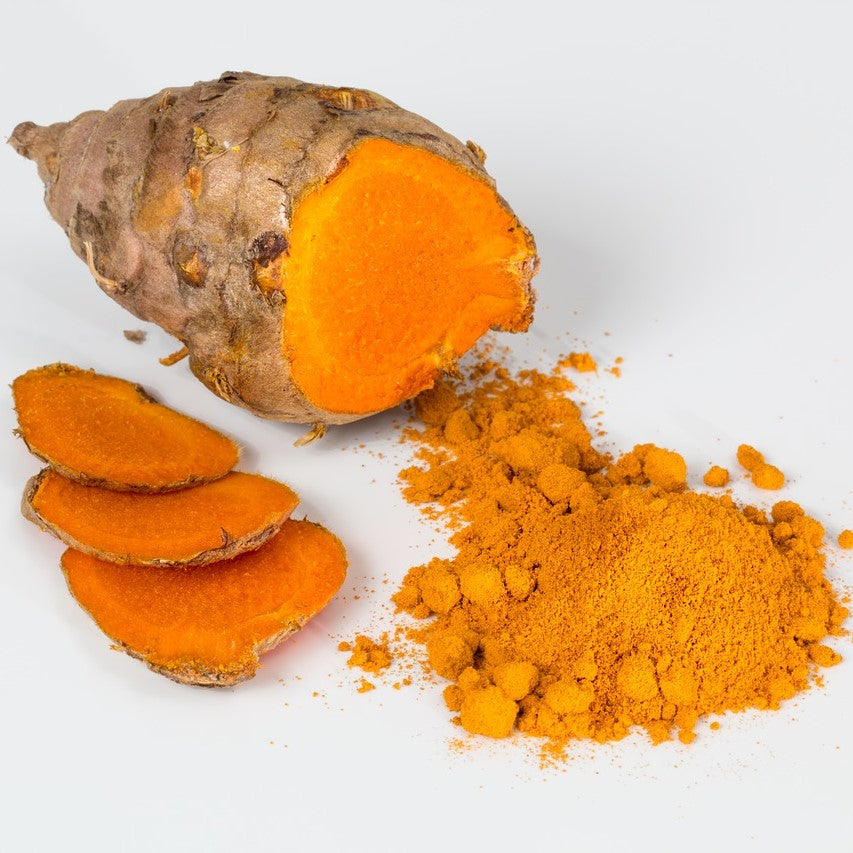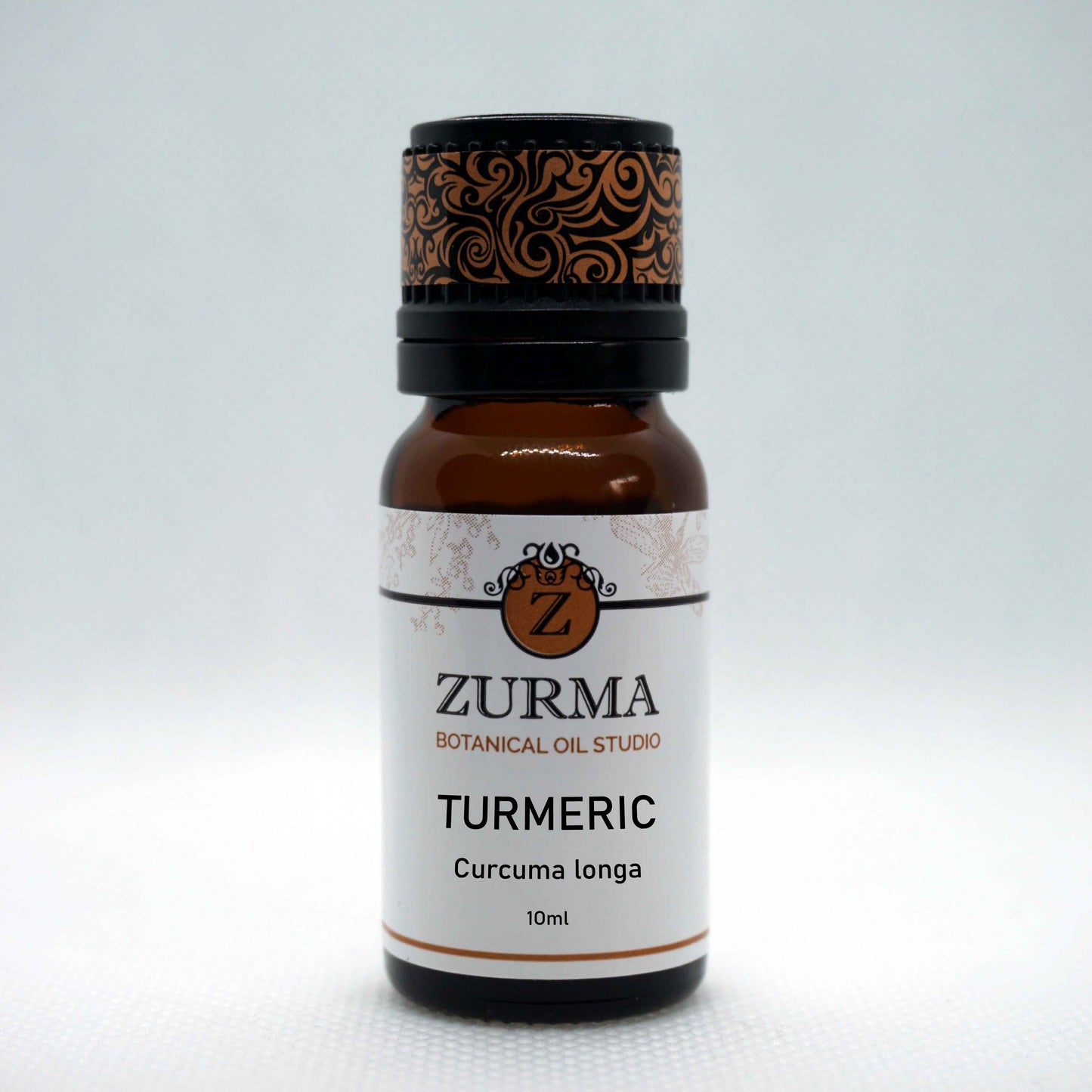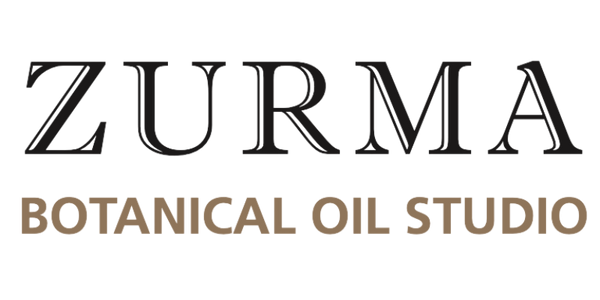Turmeric Essential Oil
Turmeric Essential Oil
Couldn't load pickup availability
Turmeric essential oil has a complex aroma that is earthy, spicy and fresh with slight similarity to ginger and has faint whispers of fruitiness. Turmeric oil is used in aromatherapy for its relaxing, stimulating, and balancing properties. It has strong anti-inflammatory properties e.g. helps support the liver and keep it healthy. Useful for arthritis and joint care. It can also help relieve muscle pain. Turmeric oil is also used in many skin care formulas to make skin look younger.
Botanical Name: Curcuma longa
Extraction Method: Steam distillation.
Part typically used: Dried crushed rhizomes.
Country of Origin: India
Class: Ketone
Typical Main Constituents
Turmerone <beta> - 30%
Ar-Turmerone - 13%
Curlone - 13%
Sesquiphellandrene <beta> - 8%
Ar-Curcumene - 5%
Zingiberene<alpha> - 5%
1,8-Cineole - 3%
Atlantone <E-alpha> - 2%
Description: yellow-orange in colour (may have a slight blue fluorescence to it). Has a complex aroma that is earthy, spicy and fresh with slight similarity to ginger and faint whispers of fruitiness.
Actions: Analgesic, Anti-oxidant, Anti-inflammatory, Diuretic, Laxative, Rubefacient, Cholagogue, Digestive, Hypotensive, Insecticidal, Stimulant.
Special use: Inflammation and pain.
Blends Well With: Ginger, Cassia, Clary Sage Mimosa.
Safety Data: Can be toxic, irritating and sensitising in high doses.The Essential oil of Turmeric must be used in moderation and with care for a fairly limited time R.Lautie & A.Passebec. Use at 1% or less in a nut/seed oil when applying it to the skin.
Aromatherapy / Home Use
Muscle & Skeletal system: Arthritis, Muscular Aches and Pains, Rheumatism.
Digestive: Liver congestion, Stimulates sluggish digestion, Anorexia.
General Essential Oil Safety Recommendations
- Do not take essential oils internally unless under advisement by a qualified medical professional.
- Do not use essential oils undiluted on the skin. It is always best to try a small patch test first of the diluted essential oil.
- People who are pregnant or have serious medical problems are advised to consult with a qualified aromatherapy practitioner before using essential oils.
- Use extreme caution when using essential oils with children. It is safest to consult with a qualified aromatherapy practitioner before using essential oils with children.
General Disclaimer
The product information provided on this website is intended for educational purposes only. The information provided is not considered to be complete and is not guaranteed to be accurate. The information contained in this website is not intended to be sufficient to provide diagnosis and/or treatment of medical conditions. It is recommended that treatment of serious health conditions be done with the help of a trained qualified medical practitioner.
Share


To ensure our essential oils are not diluted to adulterated, Zurma Essential Oils undergo rigorous testing, including Certificate of Analysis (COA) and Gas Chromatography-Mass Spectrometry (GCMS) analysis. This meticulous testing process guarantees the purity, potency, and authenticity of our oils.


